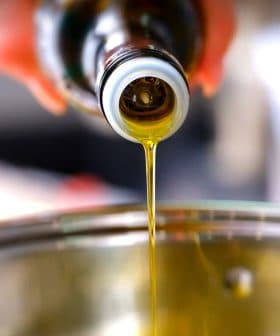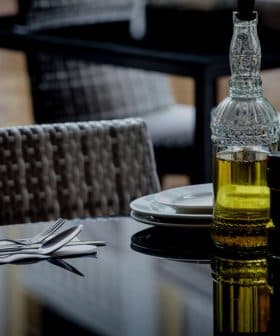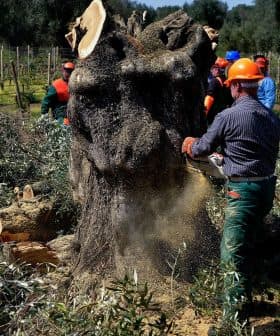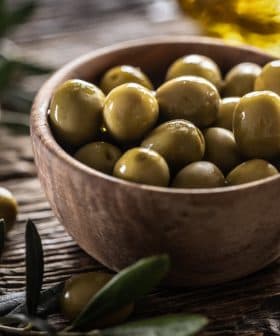Extra Virgin Olive Oil Yields Superior Sottoli in Puglia
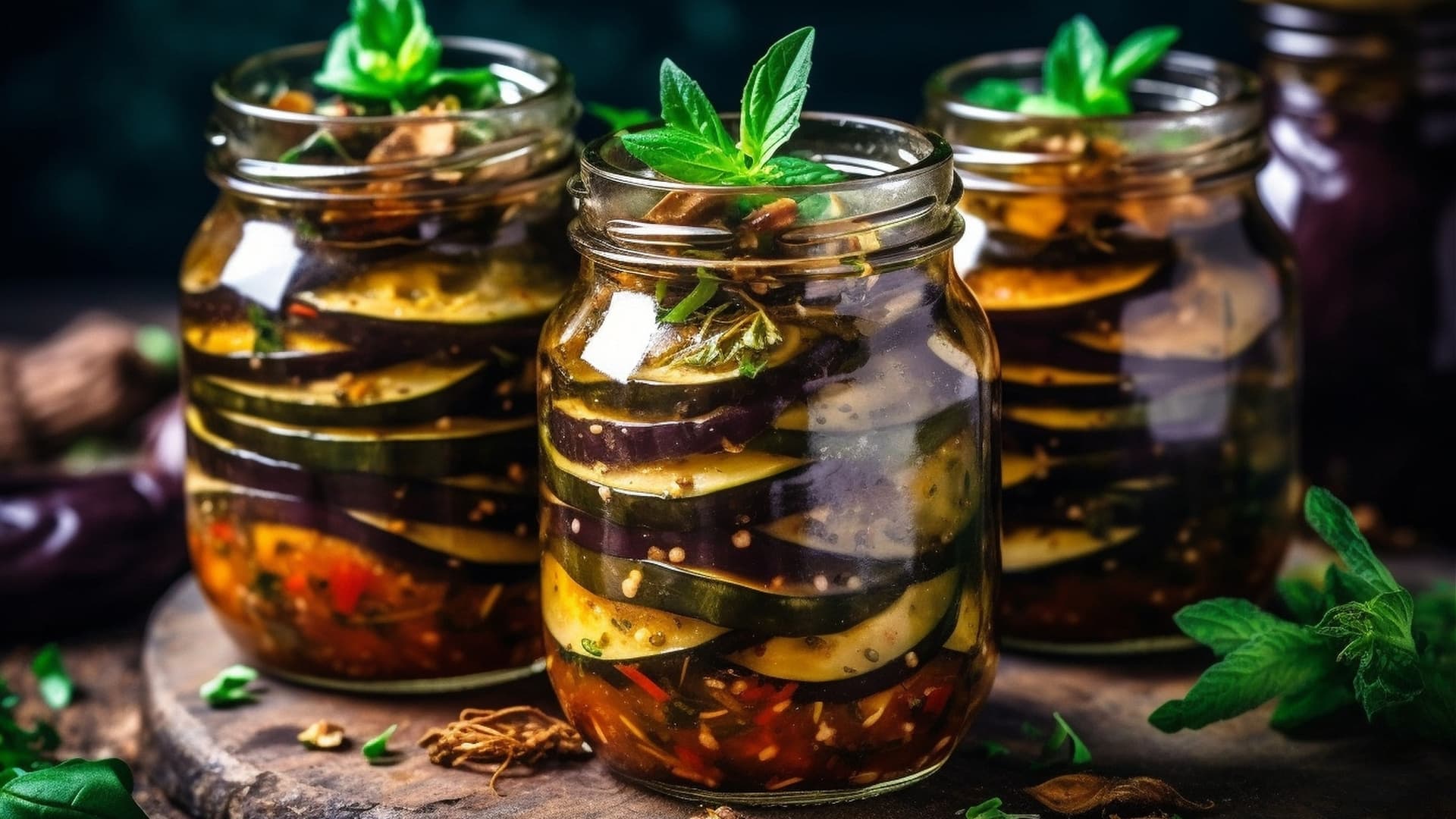
Olive oil has been used for centuries in Puglia to preserve vegetables, creating sottoli that are now a significant portion of the food market in Italy. Despite rising costs, some producers continue to use extra virgin olive oil for preservation, exporting their products globally and introducing Mediterranean vegetables to new audiences. Proper processing procedures are essential to prevent the growth of bacteria and toxins in in-oil preserves, ensuring the safety and quality of the products.
For centuries, the people of the southern Italian region of Puglia have used olive oil to preserve their agricultural produce, ensuring its availability long after harvest.
Since ancient times, vegetables stored in containers such as amphoras have been covered with olive oil. The Romans were well aware of its food-preserving qualities.
The main difference between artisanal in-extra virgin olive oil quality preserves and industrial food preserves available from large retailers is taste, flavor and crispness.
Consumers of that era could enjoy off-season foods, and oil-preserved items fueled the food trade for centuries.
Moreover, olive oil has been readily available in Puglia for centuries. Today, the region remains the heart of olive oil production in Italy.
Nowadays, produce preserved in olive oil, known as sottoli, represent a significant portion of the food market in Puglia and throughout Italy.
See Also:Three Beloved Greek Dishes to Try This SummerRecent data indicates that 72 percent of Italians routinely consume sottoli, with sales exceeding 84,800 tons per annum and a total turnover for Italian producers of nearly €700 million.
“The most popular sottoli originate from the Apulian traditions; they include artichoke, cardamom, eggplant and tomato,” said Gennario Belfiore, owner of his family’s food preserves shop in Matera.
Lampascioni bulbs, dipped and preserved in extra virgin olive oil, are sold online globally.
These vegetables grow underground, almost exclusively in Puglia’s arid and calcareous soil and neighboring Basilicata. They possess a unique flavor, intense and slightly bitter, and are a staple of Apulian cuisine.
Apulian tradition also features turnips, chili peppers, ground chili, dried tomatoes, zucchini, garlic, spicy garlic, wild vegetables, onions, capers, chicory, puntarelle chicory and peppers.
“There are hundreds of different sottoli crafted by Apulian growers and preserved with olive oil,” Belfiore said. “Not only vegetables but also cheeses like pecorino and a long list of local recipes which perfectly combine food with a bath of extra virgin olive oil.”
Recipes include dried tomato rolls with capers and anchovies, puntarelle salads and cereal- and legume-based soups.
The in-olive oil preservation technique and its associated flavors became so popular that today, sottoli are used by many regardless of the season; sometimes, they might even be chosen over the equivalent fresh products.
The exquisite nuances of locally grown tomatoes dipped in extra virgin olive oil are featured in the fillings of the local puccia, a very large panino (sandwich) that remains wildly popular.
Lorenzo Maggi, a local cuisine expert, took a bite while looking out at the beautiful coastline of Salento.
While tomatoes are grown throughout the summer and can easily be found fresh on local market shelves, most of the filling in Maggi’s puccia is two years old.
“The tomatoes were so good at the beginning,” he told Olive Oil Times. “And they have been sitting with extra virgin olive oil for over two years. Their flavors were not only retained; they now convey a specific round flavor and a crispy texture of which I am fond.”
Local puccia makers, one of the most popular street food vendors in the southern Italian region, tend to use fresh, seasonal products in their panini. However, some flavors can only come from foods preserved in olive oil.
Moreover, these naturally-preserved products allow them to diversify their pucci beyond the boundaries of seasonal recipes.
“Pizzerias and restaurants also use them year-round, sometimes to give their appetizers a tasty twist, and sometimes to characterize a serving better,” Maggi said.
In recent years, the rising prices of extra virgin olive oil have pushed a significant portion of the industry to focus on different preserving fats.
“It surely makes sense to use extra virgin olive oil for food preserves, but at what cost?” asked Donato Palancia, an oleologist and olive oil technician at Farchioni Olii.
See Also:How the World’s Best Restaurant Uses Extra Virgin Olive Oil“Olive oil has become a significant cost for food-preserving industries,” he added. “Only a few operators can afford to use it. I see many industries not using extra virgin olive oil anymore, and some not even olive oil.”
Despite the higher costs, Belfiore said extra virgin olive oil differentiates his products.
“It pairs with processing that happens at the optimal moment of maturation, so the qualities of our products are retained,” he said. “The main difference between artisanal in-extra virgin olive oil quality preserves and industrial food preserves available from large retailers is taste, flavor and crispness.”
Like some competitors, Belfiore’s company exports extra virgin olive oil-based sottoli to Europe, the United States and Canada. “We are also seeing growing interest from Japan and New Zealand,” he said.
Belfiore added that sottoli has even helped introduce Mediterranean vegetables to global audiences, specifically citing artichoke sottoli in Japan.
Whether artisanal or industrial in origin, in-oil preserves require precise processing procedures built on understanding the risks posed by the possible growth of bacteria and other microorganisms inside the product.
“All fats are efficient preservation tools for a fundamental reason: they reduce contact with oxygen and therefore minimize oxidation reactions,” said Giancarlo Colelli, a full professor at the Apulian University of Foggia’s Science of Agriculture, Food and Environment department.
Oxidation can alter food, affecting its color and nutritional quality. Exposure to oxygen causes rancidity, a common olive oil defect.
By removing oxygen from the food containers, microorganisms that need oxygen to grow cannot multiply.
“That is not only good news; it can also be bad news,” Colelli warned. “While those microorganisms will not grow, it also means that another class of microorganisms, those that can grow without oxygen, will face much less competition and might develop more easily.”
If the products are not correctly sanitized, toxins could develop and endanger consumers’ lives. Every year in Italy, hundreds of people suffer from intoxication of this kind, almost exclusively from homemade in-oil food preserves.
“I never eat homemade sottoli because following proper production procedures is key, and that does not always happen in a household,” Colelli said. “Producers implement a series of obstacles to prevent the growth of bacteria and toxins.”
Examples of these obstacles include acidification. Whether by adding an acid or normal fermentation, a lower pH conditions the environment, preventing toxins from forming.
“Take, for instance, eggplant in oil. To make a product stable over time, producers acidify the eggplants, usually by cooking them to inactivate enzymes,” Colelli said. “We lower the acidity and add olive oil so molds and most aerobic bacteria do not develop.”
“Once we have the product, we often give it a thorough antioxidant treatment and pasteurization,” he added. “This creates a base that lasts for years.”
While fatty acids are very heat-sensitive, Colelli said extra virgin olive oil still has many protective components.
“Between extra virgin olive oil and non-extra virgin olive oil, the extra virgin oil is certainly better and is therefore recommended,” he said. “Especially for products where thermal energy treatments are not necessarily used at the end of processing, extra virgin olive oil has the great advantage of degrading less, tasting good and having a high nutritional value.”




